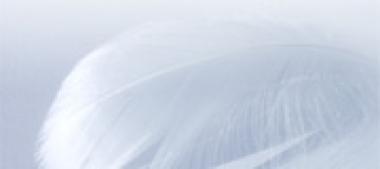Material science

Material science
 Recently visited pages
Recently visited pages

The duck feather
Compared to the goose feather it is often more delicate and smaller. Duck feathers taper towards their tips or form a radiate shape.
The goose feather
A completely-developed goose feather has a round and blunt shape. The feather is strongly curved and its shape appears to be rather compact. At the lower end, the vane which is the whole of feather barbs intimately connected among them by means of barbules, looks as if it has been cropped.
In comparison to duck feathers, goose feathers are often bigger and stronger which comes from the size and the physique of the birds the material derived from.
A goose feather with 2.36. inches (6 cm) in length weighs about 0.0241 g. A goose feather with 3.94 inches (10 cm) in length weighs about 0.0436 g.
Are there synthetic down available in the market?

Are synthetic filling fibres available which are similar to down?
Further information at DownCheck:
Would a boycott of down products have an effect on the supply?
Do chicken feathers also suit as filling material for duvets?
Chicken feathers, however, have a flat shape. The main part of the quill is flat, i.e. the firm shaft in the middle. They are not resilient enough to “fluff up“ again, for instance after having been compressed by the human body. Therefore, they are less suitable as filling material for pillows and duvets than the plumage of waterfowl.
Further information at :
Is live-plucking forbidden?





















